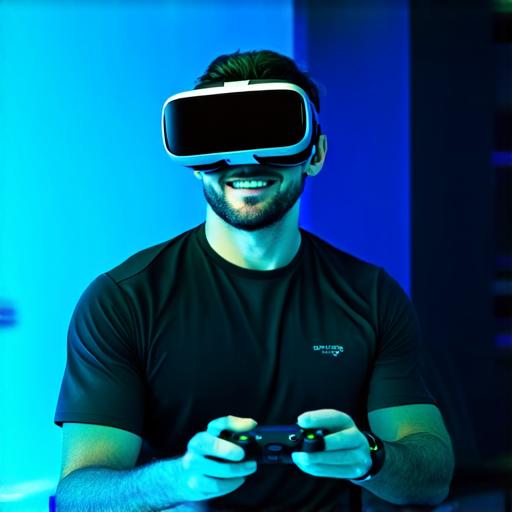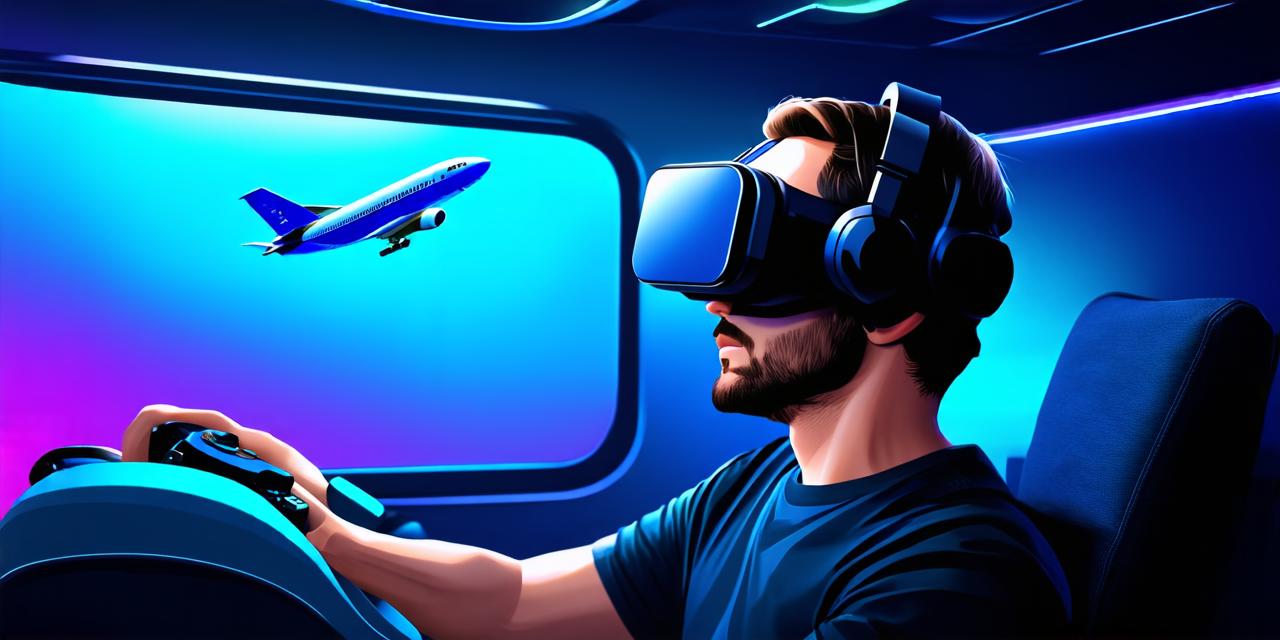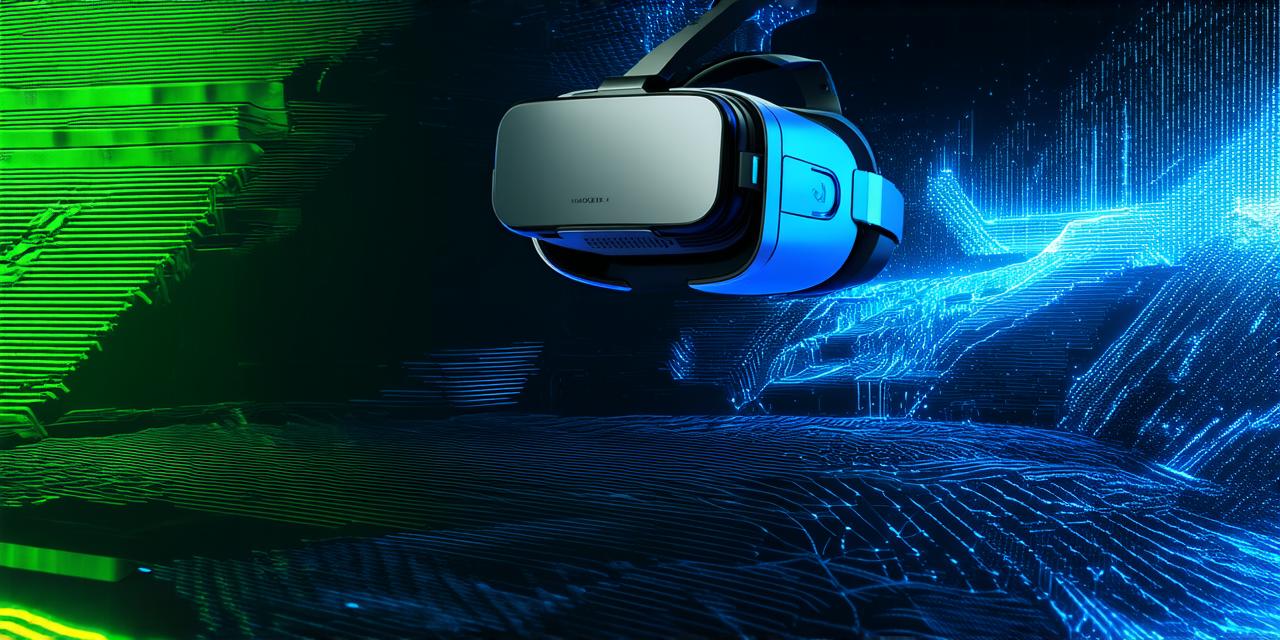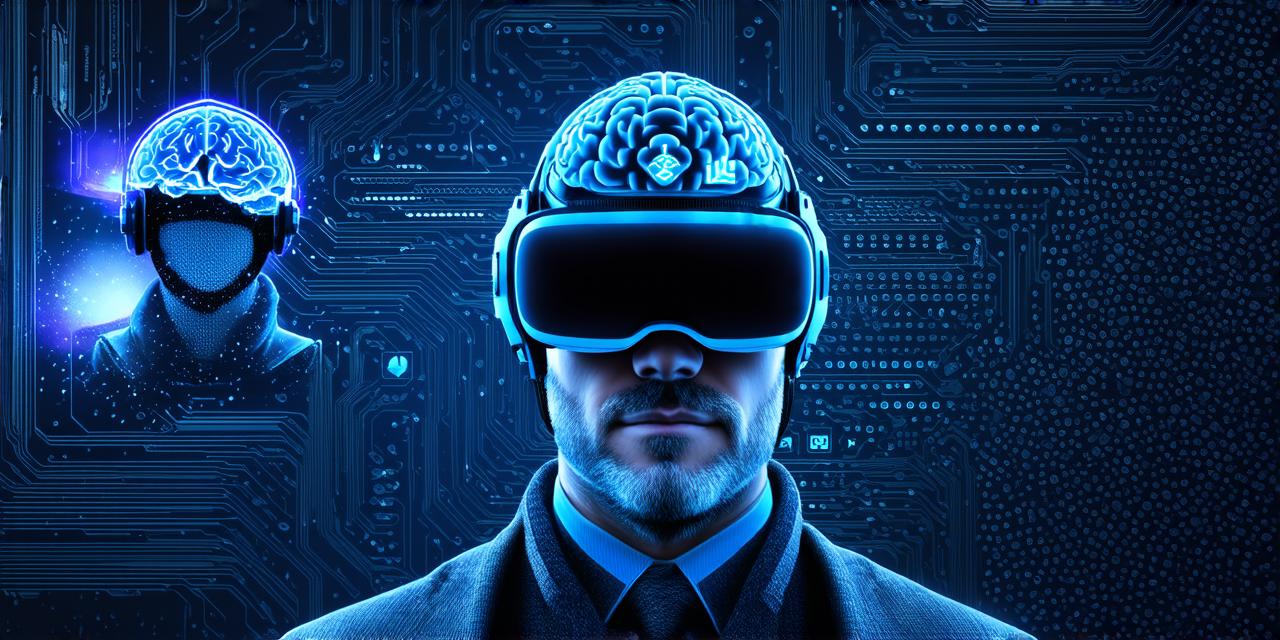Cognitive-Behavioral Therapy (CBT) with VR
Cognitive-behavioral therapy (CBT) is a type of talk therapy that focuses on identifying and changing negative thought patterns and behaviors. CBT with VR technology involves using virtual reality to simulate real-life situations that trigger anxiety or phobias. This allows patients to confront their fears in a safe and controlled environment, which can lead to improved mental health outcomes.
For example, a patient who suffers from fear of flying can use VR technology to simulate a flight and learn coping strategies to manage their anxiety. Similarly, a patient with PTSD can use VR to revisit traumatic events and work through them with the help of a therapist.
Research has shown that CBT with VR is effective in treating various mental health disorders. A study published in the Journal of Consulting and Clinical Psychology found that patients who received CBT with VR had significant reductions in anxiety symptoms compared to those who received traditional CBT without technology.
Exposure Therapy with VR
Exposure therapy is a type of behavioral therapy that involves gradually exposing patients to their fears or phobias in a controlled environment. Exposure therapy with VR technology works in the same way, but it uses virtual reality to simulate real-life situations.
For example, a patient who is afraid of heights can use VR to simulate being on a tall building and learn coping strategies to manage their anxiety. Similarly, a patient with social anxiety can use VR to practice social interactions in a safe and controlled environment.
Research has shown that exposure therapy with VR is effective in treating various mental health disorders. A study published in the Journal of Nervous and Mental Disease found that patients who received exposure therapy with VR had significant reductions in anxiety symptoms compared to those who received traditional exposure therapy without technology.
Virtual Reality Eye Movement Desensitization and Reprocessing (VR-EMDR)
Virtual reality eye movement desensitization and reprocessing (VR-EMDR) is a type of psychotherapy that uses VR technology to help patients process traumatic memories. VR-EMDR involves simulating the trauma in a virtual environment, which allows patients to confront and work through their memories in a safe and controlled way.
For example, a patient who has experienced a traumatic event can use VR to revisit the event and learn coping strategies to manage their anxiety and stress. Similarly, a patient with PTSD can use VR to reprocess their traumatic memories and work through them with the help of a therapist.
Research has shown that VR-EMDR is effective in treating various mental health disorders. A study published in the Journal of Trauma and Dissociation found that patients who received VR-EMDR had significant reductions in PTSD symptoms compared to those who received traditional EMDR without technology.
Benefits and Drawbacks of Each Technique
Cognitive-behavioral therapy (CBT) with VR technology has several benefits, including increased patient engagement, flexibility in scheduling and location, and the ability to simulate real-life situations. However, it also has some drawbacks, such as high cost of equipment and software, limited accessibility for patients with certain physical or mental health conditions, and the need for trained therapists to use the technology effectively.
Exposure therapy with VR technology is also effective in treating various mental health disorders, but it has similar drawbacks to CBT with VR, including high cost of equipment and software, limited accessibility, and the need for trained therapists. However, exposure therapy with VR can provide more flexibility in terms of scheduling and location, which may be particularly beneficial for patients who have difficulty attending traditional in-person therapy sessions.
Virtual reality eye movement desensitization and reprocessing (VR-EMDR) has several benefits, including the ability to simulate traumatic events in a safe and controlled environment, increased patient engagement, and flexibility in scheduling and location. However, it also has some drawbacks, such as high cost of equipment and software, limited accessibility for patients with certain physical or mental health conditions, and the potential for over-reliance on technology and a lack of human interaction.

Summary
Virtual reality technology has revolutionized several industries, including healthcare. In recent years, VR has been used to treat various mental health disorders such as anxiety, depression, PTSD, and phobias. However, not all therapy techniques use VR technology equally. Cognitive-behavioral therapy (CBT) with VR, exposure therapy with VR, and virtual reality eye movement desensitization and reprocessing (VR-EMDR) are some of the most commonly used therapy techniques with VR technology.
Each technique has its benefits and drawbacks, but they all have the potential to improve mental health outcomes for patients. AR developers should consider the specific needs and goals of their project when deciding which therapy technique to use with VR technology. With proper planning and implementation, VR technology can be a powerful tool in improving patient care and outcomes.




